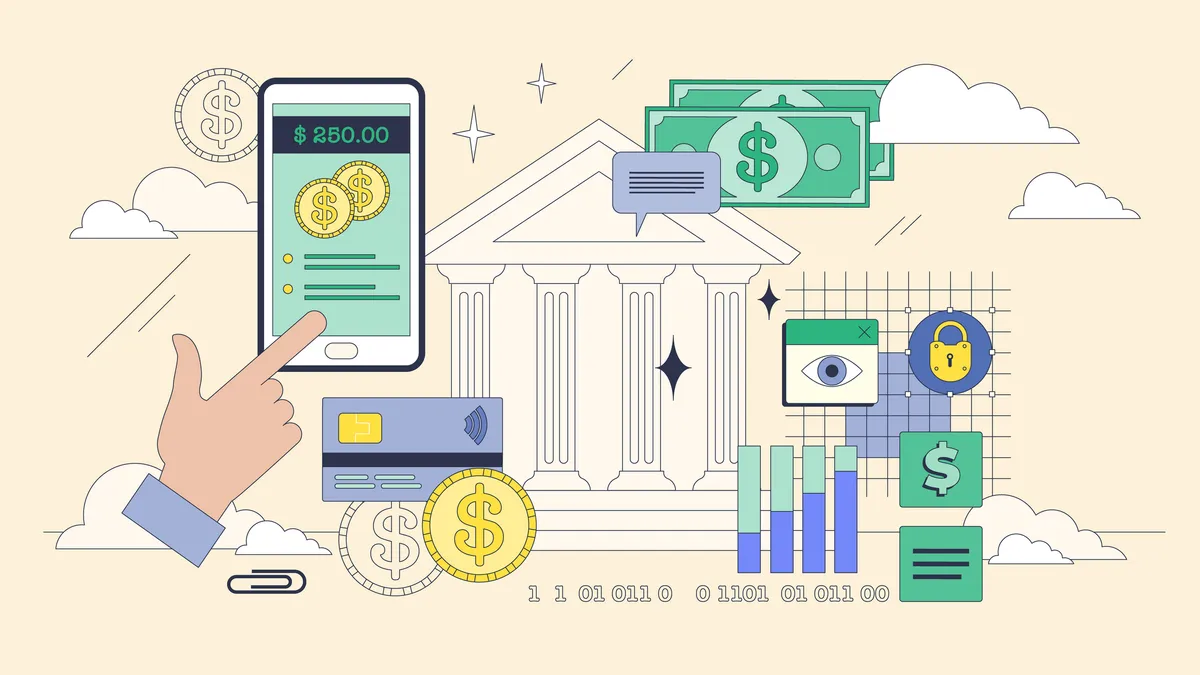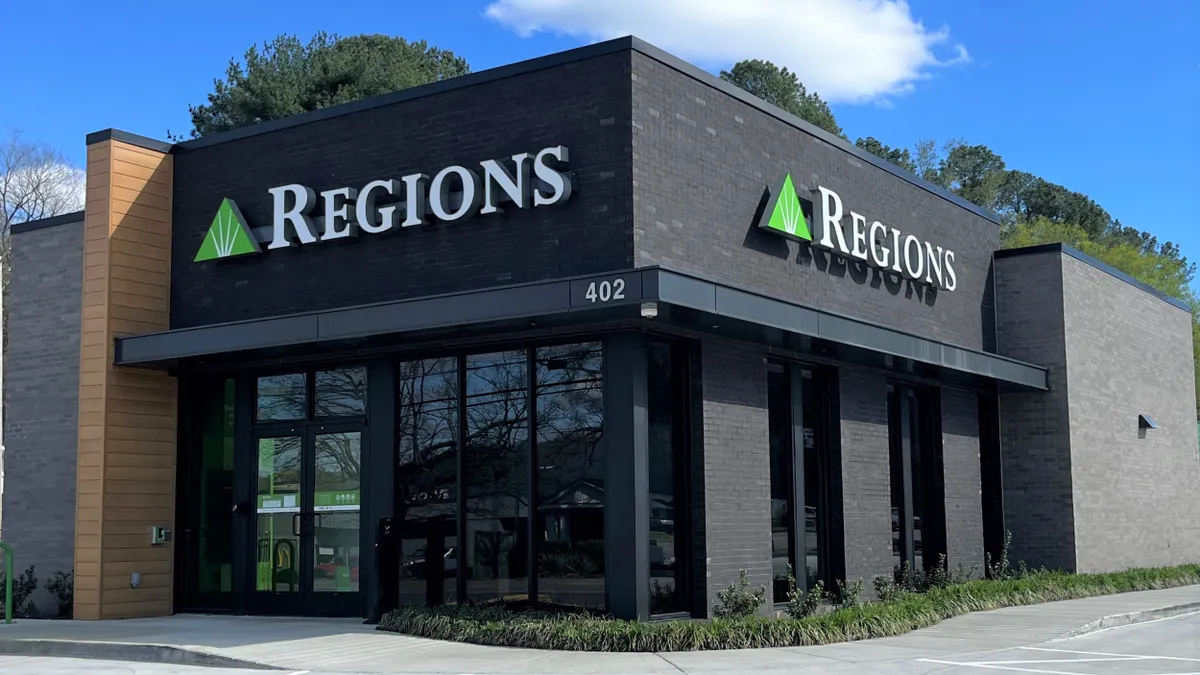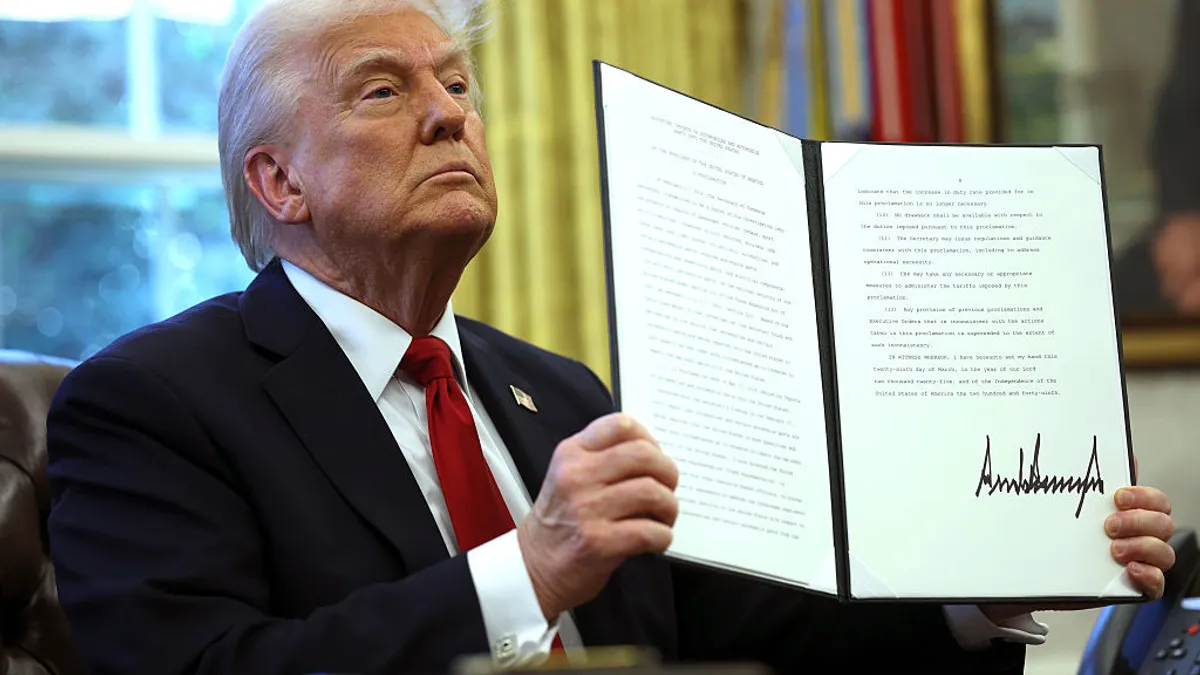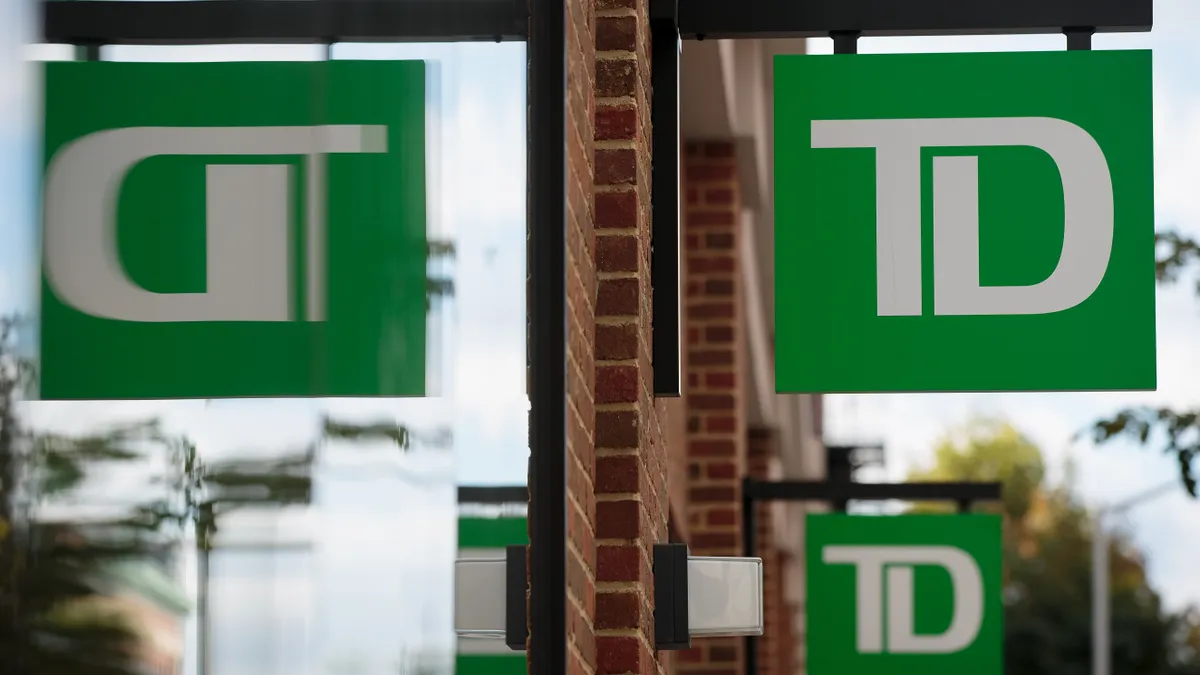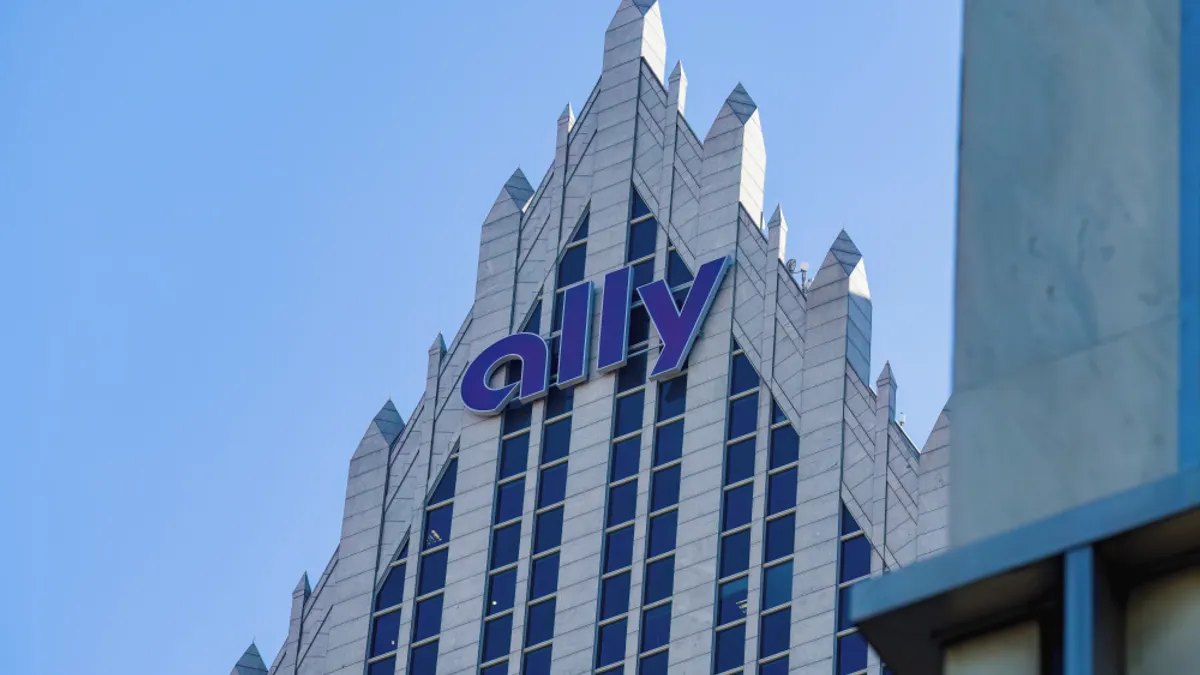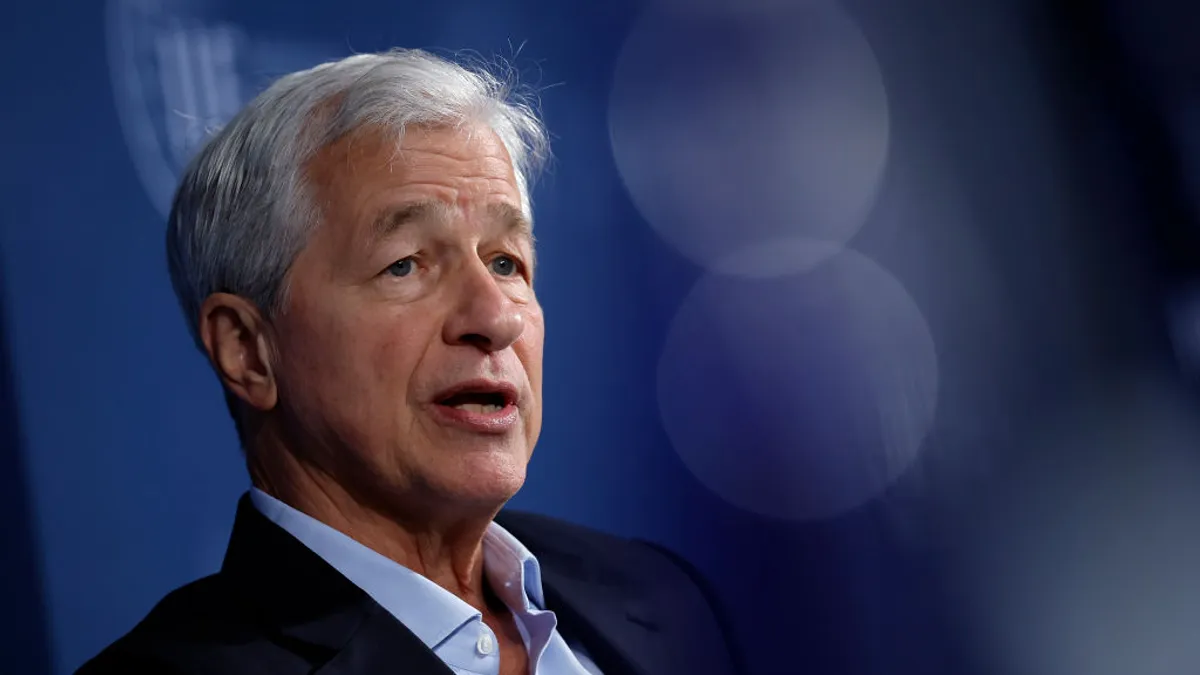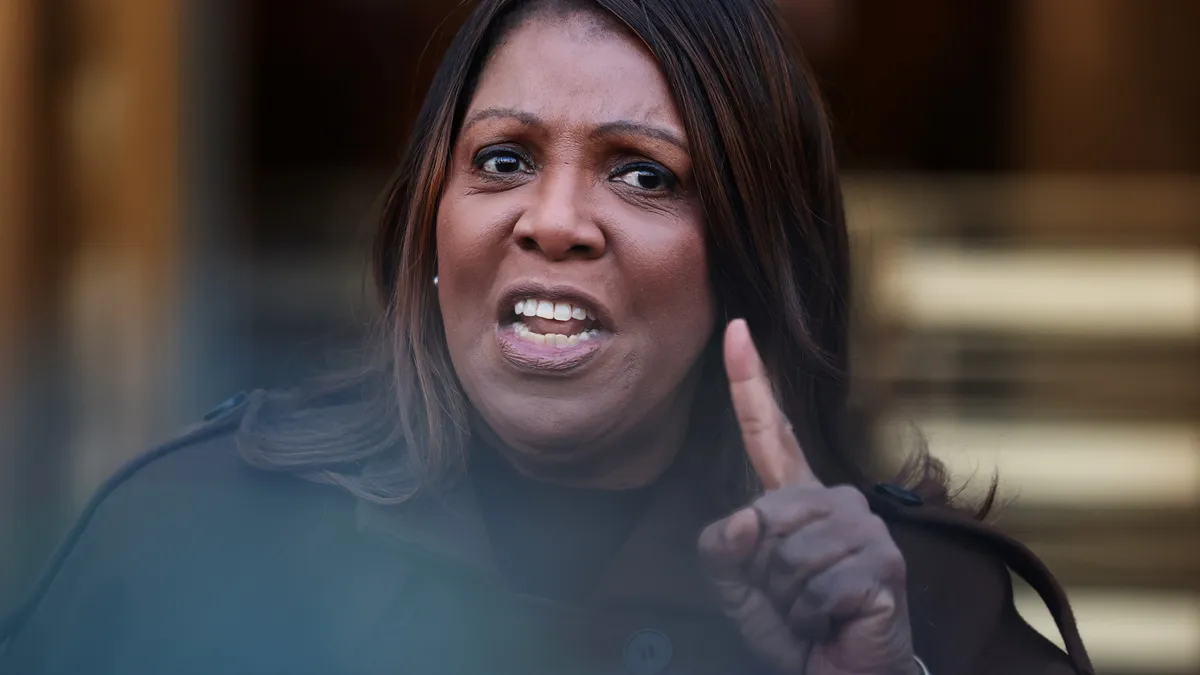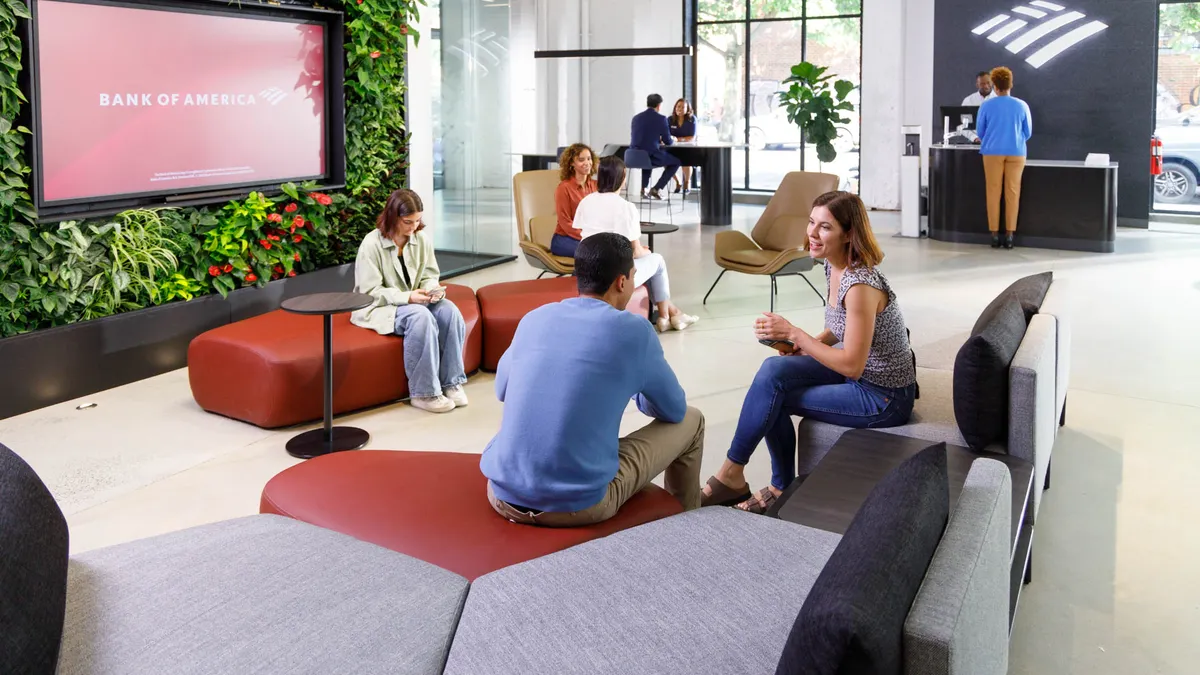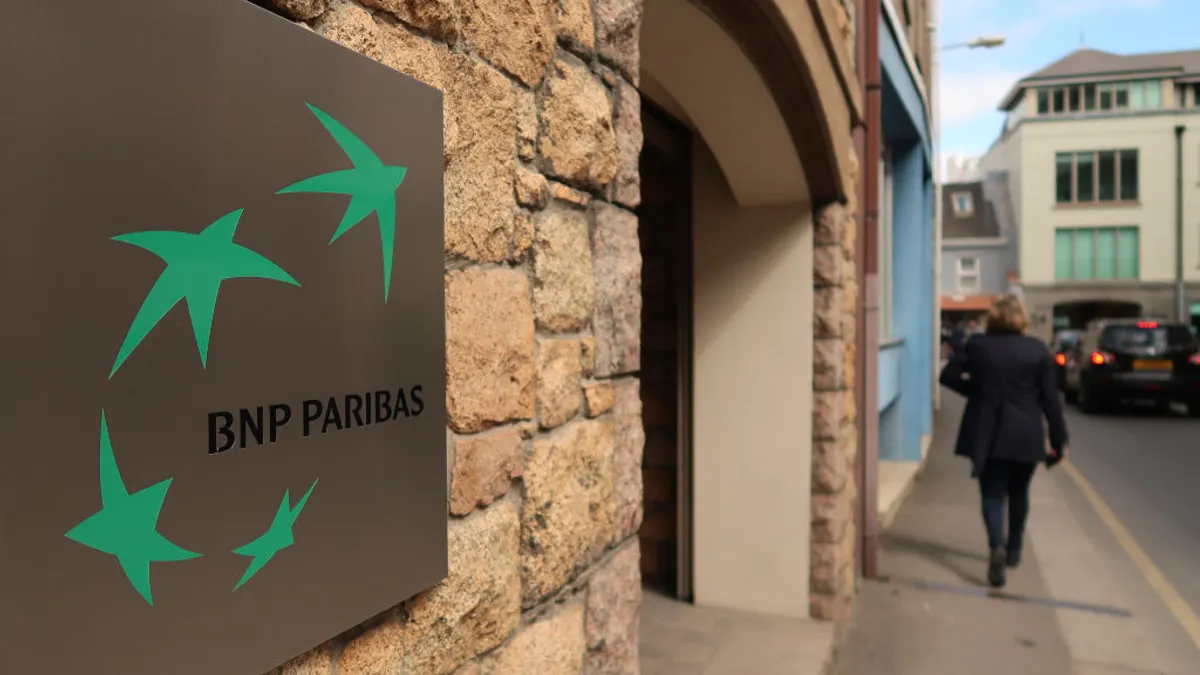It’s no secret that the future of the Consumer Financial Protection Bureau is uncertain – and with that, so is its guidance.
That includes its long-awaited final rule on open banking, which was announced in October and finalized in the last days of the Biden administration.
That rule, under Section 1033 of the Dodd-Frank Act, requires financial institutions, credit card issuers and other firms to transfer personal financial data to other providers for free at the consumer’s request, thus providing consumers with more control over their financial data.
That connectivity has been something Plaid has spearheaded – and to discuss the financial industry’s progress toward handing the reins over to consumers, Banking Dive sat down with Brian Dammeir, the firm’s head of payments and financial management.
Plaid’s mission, per its website, is to “unlock financial freedom for everyone by democratizing financial services through technology” – and 12 years into existence, its platform connects more than 12,000 financial institutions to the 8,000 fintechs built on top of Plaid.
Editor’s note: This interview was edited for brevity and clarity.
BANKING DIVE: How have you seen open banking progress in the United States?
BRIAN DAMMEIR: You can really see that as a dimension of coverage and quality. I think we're starting to get to a critical mass in terms of coverage, [meaning] if I am a consumer, and I go through an open finance or an open banking flow, will I be able to – in the case of payments at least – connect to my account? We're at that stage now where, because of the work we've done for a decade-plus and all the institutions we cover, more often than not the consumer is going to be able to connect that account.
Now we're on a journey in the industry addressing the overall quality of that user experience – making it a seamless authentication experience and making it something that is as easy as possible while remaining secure for that consumer.
There's almost a misnomer that the job's done. I think we're at Phase One when it comes to that base level connectivity, and now it's really about the user experience as they're going through that connectivity journey.
What happens to open banking and the progress made if the CFPB were to dissolve?
It's important to just take a step back and see the trendline that open banking has been on, even outside of Section 1033 and the CFPB. It was industry- and market-led for a very long time.
I think that trend line will continue, because it is win-win, right? Consumers want it. Brands want it. Banks understand the power of it for multiple use cases.
We could sit here and try to abstract out exactly what's going to happen over the next year or two. I think if anything changes, it’s timelines. But it's not the trend line.
What are some of the benefits and drawbacks of industry- and market-led changes versus regulatory-led changes?
The advantage of anything that's industry- or market-led is that it's oriented around use cases that are very real, like “what do consumers want? What apps are developers trying to create, and what user experiences are banks expecting and trying to create amongst their consumers?”
What regulatory guidance provides for is consistency, usually because it's a centralized entity that will say, “here's the standards we're trying to set across the board.” Ultimately, consumers do want consistency, especially when you're talking about something like open banking, which is about a trusted experience.
Does the fate of the CFPB and its regulations affect Plaid at all?
I think I have to make a lot of assumptions to answer that question. What I will say is that there's enough win-win-win across the ecosystem that everybody wants open finance to be a thing. There's still the intrinsic drive towards open finance, regardless of regulatory context, and I think that's important to note.
Plaid reportedly provides connectivity to more than 95% of all financial institutions. What are the challenges in connecting with the other 5%?
That's usually a question of, “what is their stack that they're on? What set of partners do they use, and where in the set of priorities is this against other things?” There's the beginning of a regulatory dynamic that is encouraging continued open finance and open banking adoption. Of course, those smaller institutions have much longer timelines in those regulations.
Ultimately, if everybody just sees [the CFPB open banking rule] as a regulatory mandate, it's not going to be a very good experience. Most of these banks understand that their consumer wants to be able to do this. They want to be able to connect to [fintech apps]. It's about where it fits in their priorities, and that's why we focus on having turnkey solutions with their partners, so that when they are ready to turn it on, they can turn it on.



